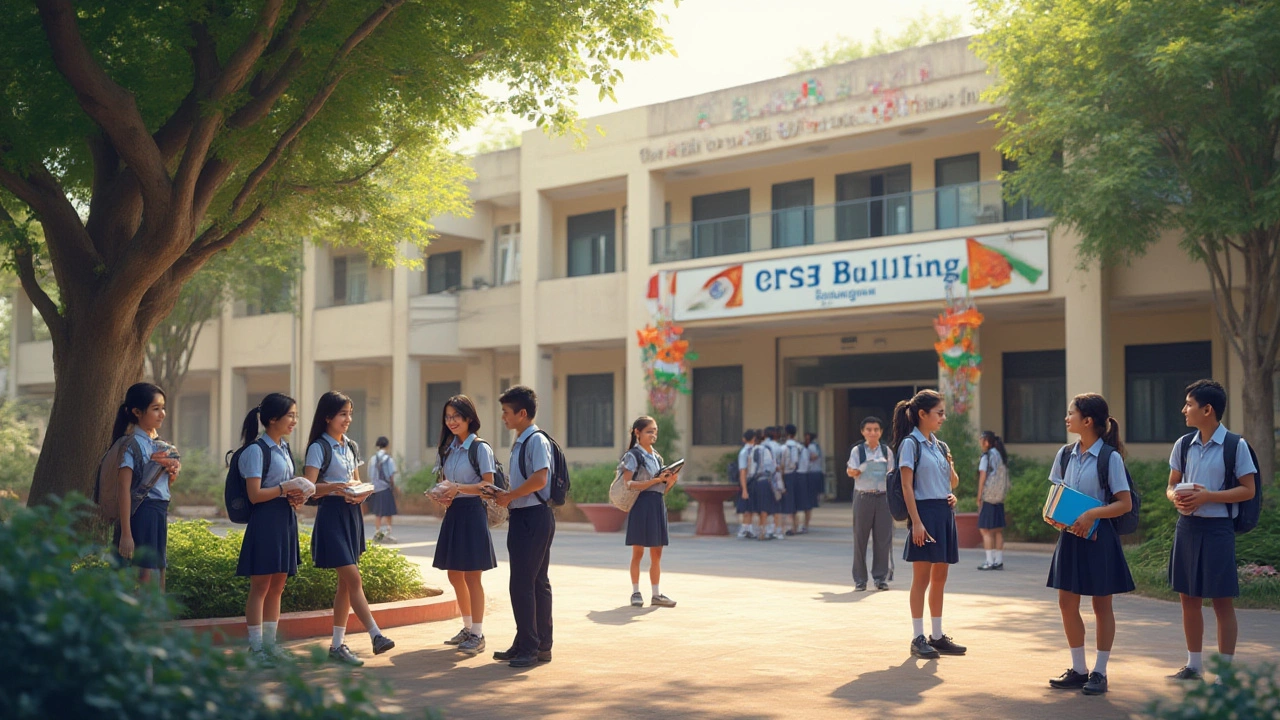
Top CBSE Schools in India: 2025 Rankings, Reviews & Expert Insights
Ask any parent who’s spent late nights trawling through school brochures: figuring out which school stands tall among CBSE-affiliated institutions isn’t as clear cut as you might wish. There’s no magic, no single government announcement each year naming a champion. But dig below the surface and you’ll see fiery debates, experience-driven insights, official accolades, and even urban legends floating on WhatsApp groups. Why does it matter? Because for families making big decisions about their kids’ futures, this isn’t just about classrooms—it’s about a springboard to life. And make no mistake, the "best" CBSE school isn’t always what the banner says at the front gate.
What Makes a CBSE School Stand Out?
People love rankings. Maybe it’s the comfort of certainty, the hope of setting your child on a straight road to success. But top CBSE schools carve their reputation thanks to more than just academic scores. Sure, the Central Board of Secondary Education (CBSE) lays down uniform guidelines, but schools put their own twist on the curriculum—and that’s where the magic happens. The best raise the bar across three main areas: academics, co-curriculars, and student well-being.
Let’s talk about academics first. We’re not just counting 100% scores in board results. Look at Delhi Public School (DPS) R.K. Puram, for example. It consistently churns out board exam toppers but pushes beyond rote learning, encouraging debates, Olympiads, and analytical projects. It’s the ability to make Chemistry as thrilling as the IPL final. Another talking point: The Heritage School in Gurgaon isn’t just about textbooks—it lets children deep-dive into multidisciplinary projects, so learning isn’t boxed in. Why do parents buzz about these places? It’s how they prepare kids for real exams—life, not just boards.
Flip to co-curriculars, and this is where the best CBSE schools crank up the energy. Modern School in Delhi, for example, is buzzing year-round with music concerts, robotics clubs, drama competitions, and national-level sports. Winning on the cricket pitch matters, sure, but you’ll also spot children building solar cars or running social impact campaigns. These schools believe that every child’s talent deserves a spotlight, whether it belongs in the art room or a chemistry lab. It's not rare for these schools to churn out students who are as comfortable rocking a theatre stage as they are writing an essay.
Then there’s well-being—an often overlooked but vital part of a top CBSE school’s offering. Ask any student from Sardar Patel Vidyalaya about the school’s support network and they’ll talk about approachable teachers, career counseling, noisy but meaningful student councils, and, yes, snack breaks that actually matter. A great CBSE school doesn’t just grind students for marks. It cares about mental health, social development, and building confidence from a young age. It’s when you see alumni coming back during Diwali just to hang out with their teachers that you realise: the school is more than a building, it’s a second home.
So, when you’re drawing up a shortlist of the top CBSE schools in India, don’t be transfixed only by pass percentages. Dig into what the school stands for, which sports it champions, how it supports outliers, and what its alumni are up to years after their board results fade from memory. That’s where you’ll find the difference.
CBSE School Rankings: Myths vs Reality
It’s tempting to take a list off the internet and bet your child’s future on it. Why not? There are plenty of magazines, educational groups, and news sites that put out annual rankings. But here’s a fun fact: unlike the Indian Institutes of Technology (IITs) or National Institutional Ranking Framework (NIRF) lists for colleges, the government doesn’t run a central, authoritative ranking of CBSE schools. Most rankings are crafted by private entities—think Education World, Times School Survey, and even some international consultants. These groups ask about board results, infrastructure, fee transparency, co-curriculars, and feedback from teachers, parents, and students. But every list has its own method—and bias.
Take the annual Education World India School Rankings, for instance. DPS R.K. Puram, The Shri Ram School (Aravali campus), and the Step by Step School in Noida almost always hover near the top. Some years, Heritage Xperiential Learning School in Gurgaon or Vasant Valley School in Delhi edges them out. But look closer and you’ll notice schools can leapfrog each other based on who replied to the survey, which category they were placed in, or how the data was weighted. Transparency isn’t always perfect. You’ll never see a universal list everyone agrees on.
Then there’s the misconception that only "famous names" are the best. Plenty of gems fly under the radar. For example, Lakshmipat Singhania Academy in Kolkata and Vidya Niketan School in Bengaluru may not always make the front page, but parents swear by their student-centric approach and values-first teaching. Local context matters too. What’s right for a child in Delhi could be out of step for one in Chennai or Bhopal. Some schools ace the hybrid learning game post-pandemic, while others focus on unique language immersion programs or peer counseling groups that set them apart.
When checking rankings, don’t fall for glossy photos or slick websites. Visit the school if you can, talk to parents who’ve just graduated a child, quiz current students, and stalk official social media to catch the real vibe. Notice how the school handles feedback, how transparent it is with fees, and ask for proof of its fancy awards. Your "top" CBSE school might not be the same as your neighbour’s, and that’s exactly how it should be.
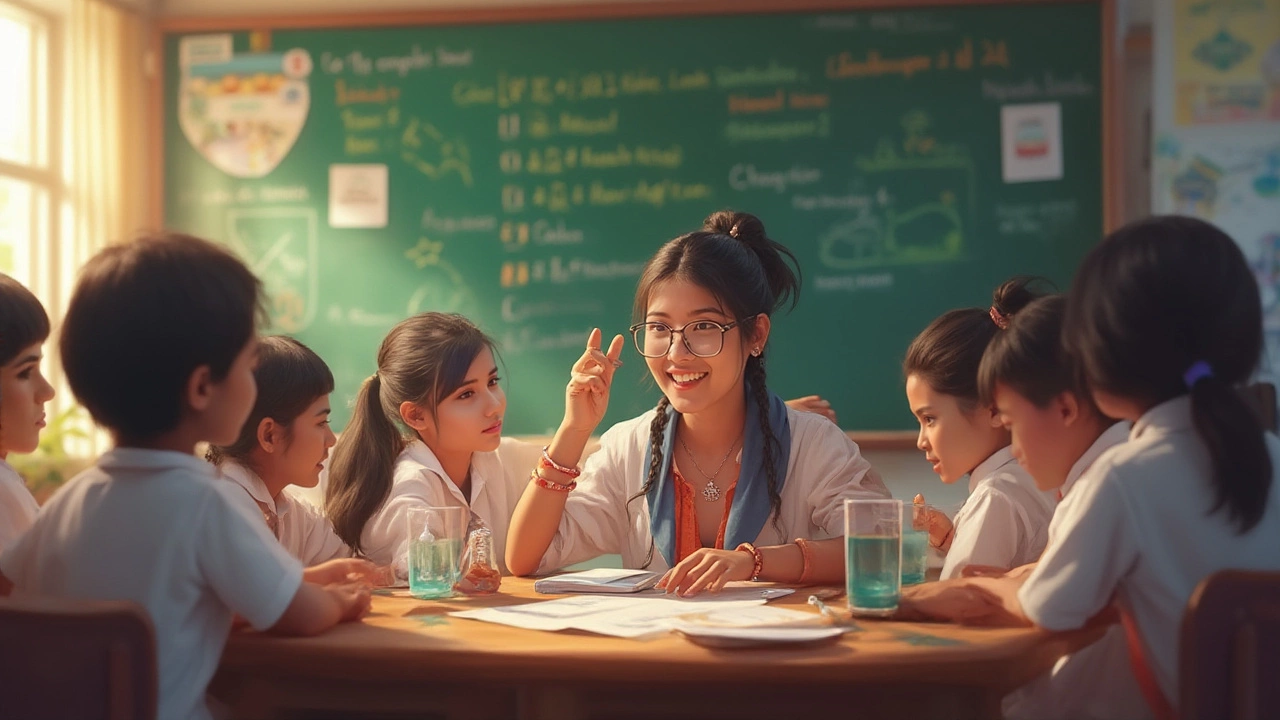
Spotlight on Top-Ranked CBSE Schools in 2025
Some CBSE schools keep smashing the charts, and not just in one city. If you want names (and everyone does), these keep coming up in 2025 discussions:
- Delhi Public School (DPS) R.K. Puram, New Delhi – Famed for its Olympiad training, debate teams, and state-of-the-art labs. The mix of tradition and tech innovation is tough to beat. DPS alumni consistently snag places in the IITs, AIIMS, and international universities.
- The Shri Ram School (Aravali, Gurgaon) – Best-known for blending academics with emotional intelligence. Campus projects sprawl from theater to wildlife conservation. The vibe is open, progressive, and creativity is encouraged, not just tolerated.
- Step by Step School, Noida – Their academic results shine, but Step by Step is even more famous for zero tolerance on bullying and an open-door policy for parents and kids with special needs. There’s a sense of belonging that alumni remember years later.
- Heritage Xperiential Learning School, Gurgaon – If innovation had a postcode, it would be here. Their curriculum connects real-world problems to daily lessons—kids grow up building working windmills or running local recycling drives, not just acing sums.
- Sardar Patel Vidyalaya, New Delhi – Known for its low teacher-student ratio and student-led research projects. Alumni credit the atmosphere for making them curious, lifelong learners. The school also believes in social responsibility – students work with local NGOs as part of their school life.
- Modern School, Barakhamba Road, Delhi – One of the oldest and most respected names, Modern School is about more than just academics. The campus feels like a mini-university with its own sports complexes, art studios, and even a planetarium.
- National Public School (NPS), Indiranagar, Bengaluru – The NPS group stands out for rock-solid academics and a balanced push on coding, languages, and mathematics from a very young age. Not surprisingly, it’s a hotspot for future engineers and tech innovators.
Back in 2024, Education World placed DPS R.K. Puram and The Shri Ram School neck-and-neck at No.1. The gap between them was razor-thin—think decimal points on the scale. At the same time, Vidya Niketan School in Bengaluru was praised across parent forums for affordable fees and steady results. This just proves that top schools aren't about region—they pop up across cities, and sometimes a low-profile contender ends up leading on student happiness, which is its own kind of success.
Of course, the post-pandemic world shook things up too. Hybrid learning isn’t a gimmick now—it’s expected. The "best" CBSE schools in 2025 are the ones who blend classroom basics with dynamic app-based learning, flexible timetables, and solid digital infrastructure. The schools that listened to families, adapted timetables without overburdening students, and got teachers up to speed quickly, have maintained their edge. The human touch didn’t vanish during Zoom classes—it got more important.
If you’re swamped with choices and want a pro tip: Don’t obsess over nationwide rank; compare the strengths of each school against what your child needs. Visit, ask, check if children are animated during recess, not just during tests. That’s how you separate a genuine top-tier CBSE school from a marketing machine.
Tips for Parents Choosing the Best CBSE School
Most parents want the same things: safety, strong academics, a bit of magic outside the textbooks, and a place where their child feels seen. But the decision can drive you crazy. My own son, Nathan, bounced between loving football and inventing wild science projects—and the right school made all the difference. Here’s what I’ve learned (the hard way) and what most real parents would vouch for:
- Don’t let glossy ads sway you—meet the teachers and see how they interact with students. Are they just delivering notes or sparking curiosity?
- Look at the alumni network. Are ex-students proud to come back? Do they talk about opportunities, not just marks?
- Check out co-curriculars. Your future chess champion or stage actor needs a space to thrive just as much as a textbook wizard.
- Watch for red flags: constant staff turnover, unclear fee structures, or reviews that seem copy-pasted.
- Ask about support systems—especially if your child learns differently or needs counseling. The best schools champion inclusion.
- Visit during a real school day. Listen for laughter. See if corridors are buzzing—not just silent rows of stressed kids. That tells you what kind of education is really happening.
- Don’t just take my word: Ask families who are leaving the school, not just those who want to join. The true story often comes out only on the way out the door!
Here’s a cool tip if you’re outside India and considering a top CBSE school with international branches or NRI provisions (hello, expat families in Birmingham—I feel your pain!). Check for accreditation and how well the school preps for international standardized tests, not just the CBSE boards. Some Indian campuses have sister schools in Dubai, Singapore, or even the UK, with best practices shared across continents. And don’t forget to call or Zoom in to open houses—most good schools will set up a virtual tour as easily as in-person.
One last thought from my own life: sometimes, it’s the everyday feel of a school that makes a difference. When my family got our dog Shadow, the conversations he started at my son’s school (from animal rights to biology) gave us a glimpse of a place that let kids be kids and thinkers at the same time. That’s hard to stick on a plaque or national ranking—but it matters.
The big reveal? There’s no single top CBSE school in India—just the best fit for your child’s dreams, quirks, and wild ideas. Take your time, do your homework, and trust your gut. And if you find the magic mix, don’t forget to tell the next frantic parent waiting in line at admissions—because what’s better than passing on good school karma when you can?
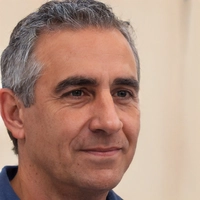


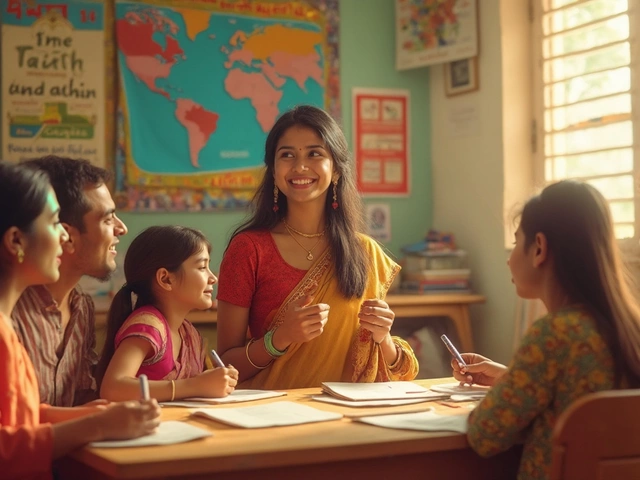
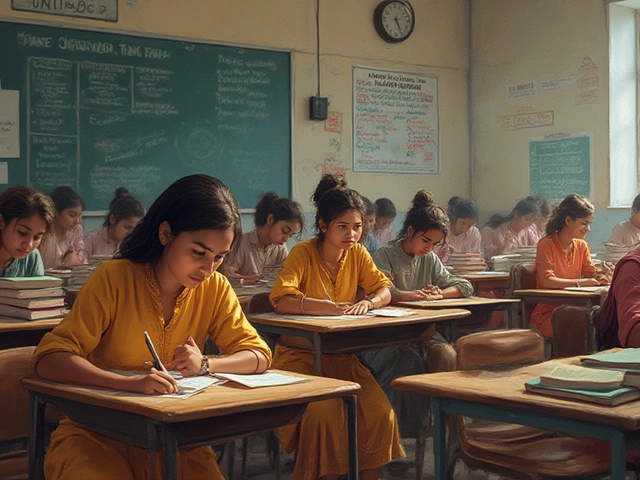
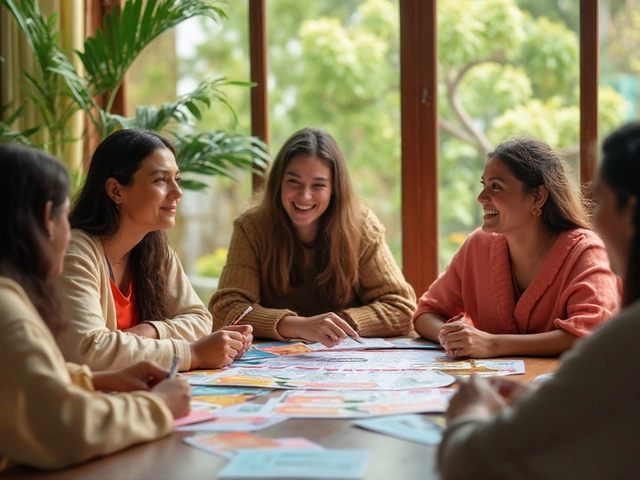
Write a comment